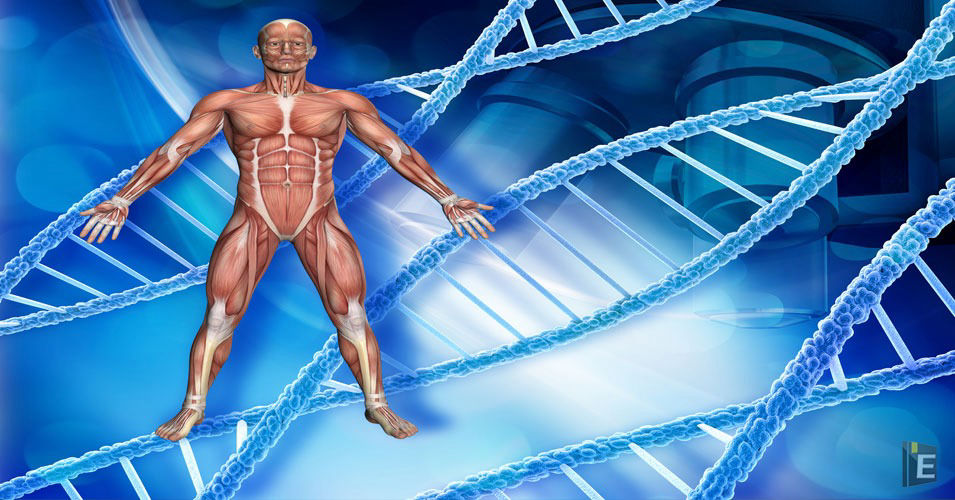Top 100 Biology GK Questions

What is the loss of bone density and strength known as?
(A) Osteoporosis
(B) Acromegaly
(C) Fibrous dysplasia
(D) Fracture
Correct Answer : A
Explanation :
1. Decrease in bone density and strength is called osteoporosis.
2. Osteoporosis is a condition in which bones become weak and brittle.
3. Women suffer from osteoporosis more often than men.
______ is caused when a child’s growing bones fail to develop due to a lack of vitamin D.
(A) Night blindness
(B) Rickets
(C) Goitre
(D) Scurvy
Correct Answer : B
Explanation :
1. Rickets occurs when a child's growing bones do not develop due to vitamin D deficiency.
2. Vitamin D is an essential nutrient that helps in the absorption of calcium and phosphate.
3. Symptoms of rickets include.
- Pain and tenderness in the bones of the feet and hands
- curvature in the bones of the legs
- pain in shoulders and hips
- muscle weakness
- delayed developmentWhich group of animals are named because of their spiny skin and a peculiar water-driven tube system that they use for moving around?
(A) Hemichordata
(B) Aschelminthes
(C) Echinodermata
(D) Mollusca
Correct Answer : C
Explanation :
1. All the creatures of Echinodermata phylum are marine and have thorny bodies.
2. There is a mass flow system in their body.
3. A specific water-conveying canal system is found, which helps in their movement.
Which of the following can degrade detritus into simpler inorganic substances?
(A) Algae
(B) Phytoplankton
(C) Fungal enzymes
(D) Lichens
Correct Answer : C
Explanation :
1. Fungal enzymes decompose simple inorganic substances.
2. Fungi are a type of microorganisms that decompose organic matter.
3. Enzymes break down organic matter into smaller molecules, which can then be used by the body of the fungus.
Which of the following is essential to form haemoglobin in blood?
(A) Fats
(B) Iron
(C) Calcium
(D) Protein
Correct Answer : B
Explanation :
1. Iron is required for the formation of hemoglobin.
2. Hemoglobin is a part of red blood cells that carries oxygen and removes carbon dioxide (a waste product) from the body.
3. Iron is stored in the body mainly in hemoglobin.
Which of the following structures protects the eyes of a frog in water?
(A) Tympanum
(B) Eyelashes
(C) Eyelid
(D) Nictitating membrane
Correct Answer : D
Explanation :
The eyes of frogs are protected by a nictitating membrane.
Which of these structures are absent in eukaryotes?
(A) Organised nucleus
(B) Membrane bound organelles
(C) Mesosome
(D) Nuclear envelope
Correct Answer : C
Explanation :
So, the correct answer is 'Mesosome'.
Which of the following is a cold blooded animal?
(A) Ape
(B) Mouse
(C) Snake
(D) Wolf
Correct Answer : D
Explanation :
Cold-blooded animals include reptiles, fishes, amphibians, insects, and other invertebrates. Cold-blooded animals cannot regulate their internal body temperature with the change in the environment. They cannot survive in extreme temperature conditions.
The human shoulder joint is an example of a ______ joint.
(A) fixed
(B) pivotal
(C) hinge
(D) ball and socket
Correct Answer : D
Explanation :
1. The human shoulder joint is an example of a ball and socket joint.
2. In this type of joint, a rounded end of one bone fits into a flat or cup-shaped recess of the other bone.
Which part of the digestive system receives secretions from the liver and the pancreas?
(A) Large intestines
(B) Stomach
(C) Gall bladder
(D) Small intestines
Correct Answer : D
Explanation :
The small intestine is the part of the digestive system that receives secretions from the liver and pancreas.



